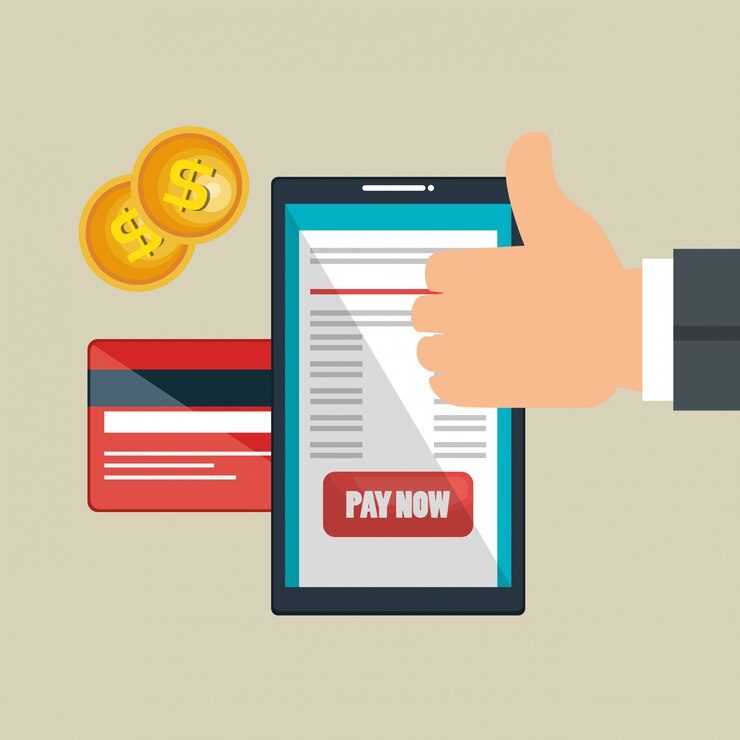Dealing with financial difficulties can be overwhelming, and figuring out the best way to manage your debts is crucial, especially when facing challenging interactions with banks. If you’re struggling with a personal loan, you might be exploring options like Personal Loan Settlement and closure. While both ultimately end your loan obligation, they are distinct processes with different implications, particularly when considering potential pressure or inappropriate conduct from banks or recovery agents. Understanding these differences can empower you to make informed decisions and navigate challenging situations with greater confidence.
Personal Loan Closure: The Standard Resolution
Closure of your personal loan is the typical and most straightforward way to end your loan agreement. It occurs when you have fully repaid the entire outstanding balance, including all agreed-upon interest and charges, according to the original loan terms.
How it Happens: You continue making your regular EMI cleared payments as scheduled until the final installment is paid.
Impact on Credit Score: Generally, closing a Personal Loan after full repayment has a positive impact on your credit report. It demonstrates responsible financial behavior and your ability to manage credit effectively, which is important for future borrowing.
Documentation: Once the final payment is processed, the bank should provide you with a “No Dues Certificate” or a loan closure statement, confirming that your loan account is closed and you have no further obligations.
Personal Loan Settlement: A Negotiated Solution
Personal Loan Settlement, on the other hand, is a different approach. It involves negotiating with the bank or lender to pay a lump-sum amount that is less than the total outstanding balance to resolve the loan account. This option is often considered when borrowers face genuine financial hardship and are unable to continue making regular EMI cleared payments.
How it Happens: You communicate your financial difficulties to the bank and propose a Personal Loan Settlement amount that you can afford. The bank will then evaluate your situation and decide whether to accept your offer. This typically involves a one-time payment.
Impact on Credit Score: Settling a Personal Loan for less than the full amount will likely have a negative impact on your credit report. It indicates that you did not fulfill the original terms of the loan account. The “settled” status on your credit report is generally viewed less favorably by lenders than a “closed” status after full repayment.
Documentation: If a Personal Loan Settlement is agreed upon, the bank should provide you with a settlement letter outlining the agreed-upon amount and terms. After you make the payment, ensure you receive a “No Dues Certificate” that specifically mentions the loan was “settled.” You may need to make a letter request for this documentation as proof of the settlement.
Navigating Bank Interactions and Potential Pressure
Understanding these options is also crucial when dealing with bank interactions, especially if you are facing difficulties and feel under pressure regarding your loan repayment. If you are struggling to make payments and are experiencing persistent contact or concerning behavior from the bank or its agents, it’s important to know your options for resolving the debt. This is a situation where understanding Bank harassment tactics becomes important.
If you are considering Personal Loan Settlement due to financial hardship and are experiencing undue pressure or feel unfairly treated by the bank, focusing on a resolution that addresses your debt while being aware of your rights is key. You may need documentation as proof when communicating with the bank and potentially making a letter request for specific information.
Which Path is Right for You?
The decision between closure and Personal Loan Settlement depends entirely on your individual financial circumstances.
Choose Closure If: You have the financial capacity to continue making your regular EMI cleared payments and want to maintain a healthy credit report.
Consider Settlement If: You are facing genuine financial hardship and are unable to meet your regular EMI cleared payments. While it will likely impact your credit report, it can provide a way to resolve the debt and potentially alleviate persistent and concerning contact that can feel like Bank harassment. This might be a step towards a Loan Settlement.
Seeking Guidance
Navigating debt and dealing with bank interactions can be stressful. Understanding your options like Personal Loan Settlement and closure is a crucial first step. If you are unsure about the best course of action or feel you are being treated unfairly, seeking guidance can provide valuable support. You can Contact Us for assistance in understanding your options and navigating potential Bank harassment related to Loan Settlement and the necessary letter request, documentation, and proof.



